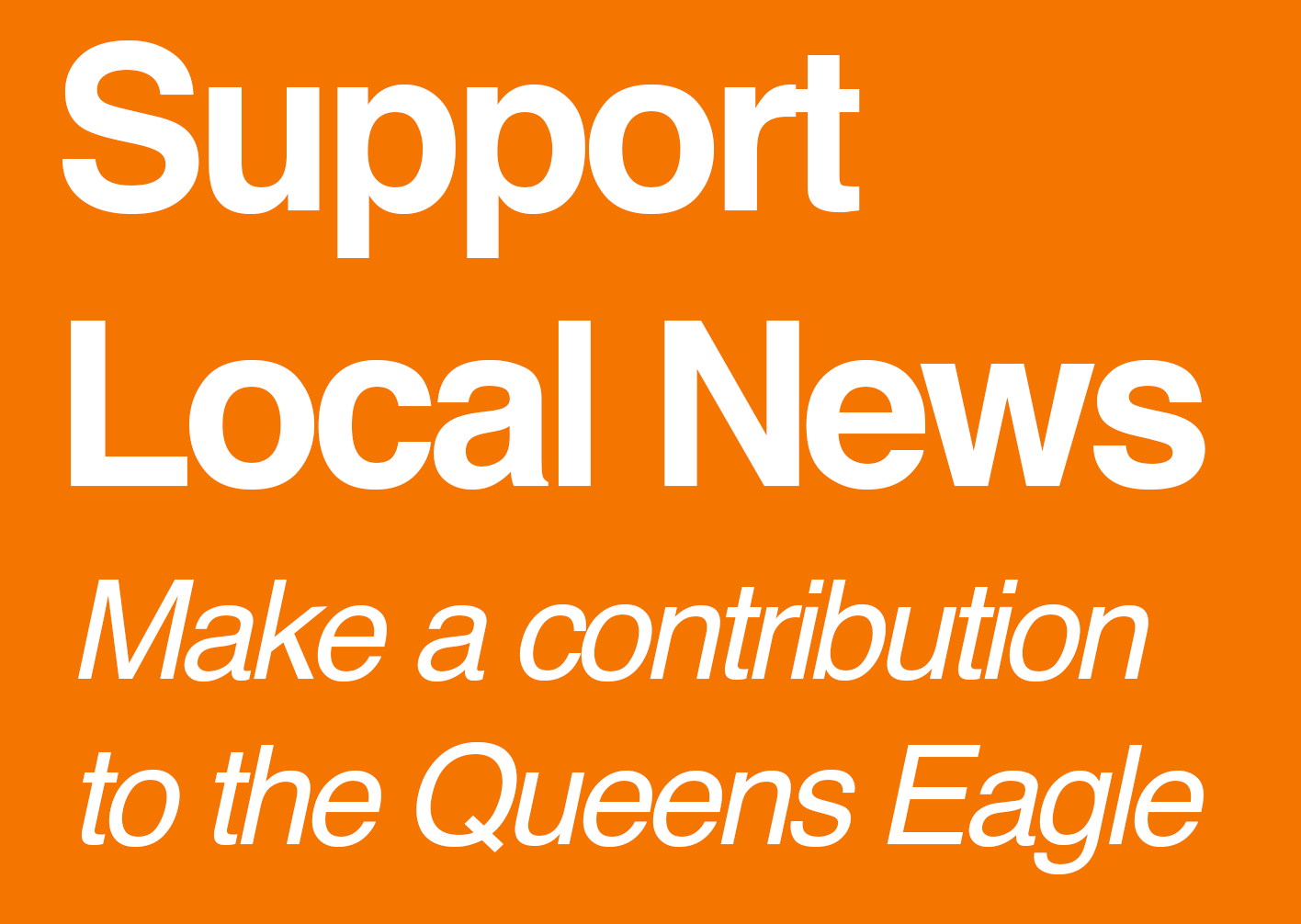‘Too frustrating and too confusing’: Restaurants and lawmakers agree city’s outdoor dining program is a mess
/Outdoor dining season is beginning again in New York City, although some officials and advocates think the city is not doing enough to help restaurants with the program. AP file photo by Pamela Smith
By Ryan Schwach
At the height of the pandemic, around 2,500 restaurants’ outdoor dining structures dotted Queens streets.
Now, as the city stumbles through the rollout of its new outdoor dining program, only eight Queens restaurants have full approval to serve food outside this summer.
As spring blooms and the temperature rises, more New Yorkers will be asking restaurant hosts to sit outside, but their options to do so might be limited. New York’s restauranters say the city’s revamped “Dining Out NYC” program is confusing, expensive and harmful to businesses trying to take advantage of its benefits. On Wednesday, the City Council held a hearing intended to try to get the bottom of the troubles facing the Department of Transportation-led program, and the Council law that created it.
Citywide, only 67 businesses have full approval to open outdoor dining structures, but hundreds of others have been granted a “conditional approvals” to allow them to put tables and chairs in the street, as many did during the COVID pandemic.
In Queens, 42 restaurants were given conditional approvals for roadway dining, and an additional 207 have permits for sidewalk cafe set-ups.
While the overall number of restaurants utilizing the program has dropped significantly and restaurant owners say the program has largely been a headache, DOT officials on Wednesday said they were mostly happy with its rollout.
Councilmembers weren’t so pleased.
Manhattan Councilmember Julie Menin called the program an “unmitigated disaster” and Brooklyn Councilmember Lincoln Restler called it a “failure.”
“We've seen that this administration and this legislation killed the program,” said Restler. “We see only a small fraction of the number of restaurants and establishments that are actually operating outdoor dining today. We prioritize parking spots over having space for our bars and restaurant people to expand into our communities and make our streets more vibrant and dynamic, and expand our small businesses.”
“This is not working,” he added.
At the hearing, advocates and councilmembers argued that the process of applying for, obtaining and then constructing an outdoor dining setup is too complicated, too time consuming and too expensive to maintain.
Those issues have been exaggerated by the fact the street dining setup is only seasonal, as per the City Council’s law.
The roadway cafes can only operate between April 1 and Nov. 29.
“We said this from the beginning, we knew it would happen,” said Andrew Rigie, the executive director of the New York City Hospitality Alliance. “It's too expensive to set up outdoor dining, then take it down, store it during the winter months, only to set it up again.”
That sentiment was echoed by councilmembers.
“This has impacted the participation of some restaurants, because the approved setups are costly, and the associated construction and storage costs make it too expensive and cumbersome to be viable for some businesses,” said Queens Councilmember Selvena Brooks-Powers.
Megan Rickerson, a Brooklyn bar owner, said she has sunk thousands into the program.
“I feel a little duped, because it was presented to me in a way that was supposed to be supportive and it was supposed to be easier than what existed before,” she said. “I'm not rolling in money. I had to forgo paying myself a few times to make sure that I could afford outdoor dining.”
Businesses and their advocates also argued that the regulatory permitting needed to get the permission, which requires an appearance before the local community board is too complicated and time consuming, leading to a backlog for the DOT.
City councilmembers including Julie Menin and Selvena Brooks-Powers grilled the Department of Transportation on their outdoor dining program, which they called a “disaster.” Photo by John McCarten/NYC Council Media Uni
“Eight months after the application deadline, DOT struggles to review and move…applications through the process in a timely manner, basically leaving restaurants in a state of absolute uncertainty about the nature of their outdoor dining setups in peak season,” said Menin. “I cannot tell you the number of restaurants across the city that have contacted my office so incredibly frustrated about these serious delays.”
According to Rigie, only around 3,000 restaurants citywide applied to the program, far less than the 13,000 that operated outdoor dining during the height of the emergency pandemic program, and still less than the 6,000 to 8,000 setups that were open last summer.
“We have a situation where hundreds upon hundreds of restaurants are awaiting approval, and frankly, do not know whether they should make the necessary investments in their outdoor setups for the current season,” Menin added. “This rollout, in short, has been nothing short of disastrous.”
This program marks the first time the DOT has managed a permitting process, and officials like Menin would have preferred the program be managed by the Department of Consumer and Worker Protection, which managed outdoor dining pre-pandemic.
During their own testimony, the Department of Transportation, minus Commissioner Ydanis Rodriguez who was not present, defended their rollout.
“We feel the program is going very well,” said DOT First Deputy Commissioner Margaret Forgione.
Forgione argued that with the conditional approvals, 80 percent of the program’s applicants will be up and running for the season.
“That for us is the most key factor here,” she said. “We want to get every restaurant operational as soon as possible.”
DOT also blamed some of the delays in the process on requirements laid out in the Council’s legislation and denied applications had been backed up in their office.
“We don't have a backlog,” Forgione said. “We're actually being very responsive.”





